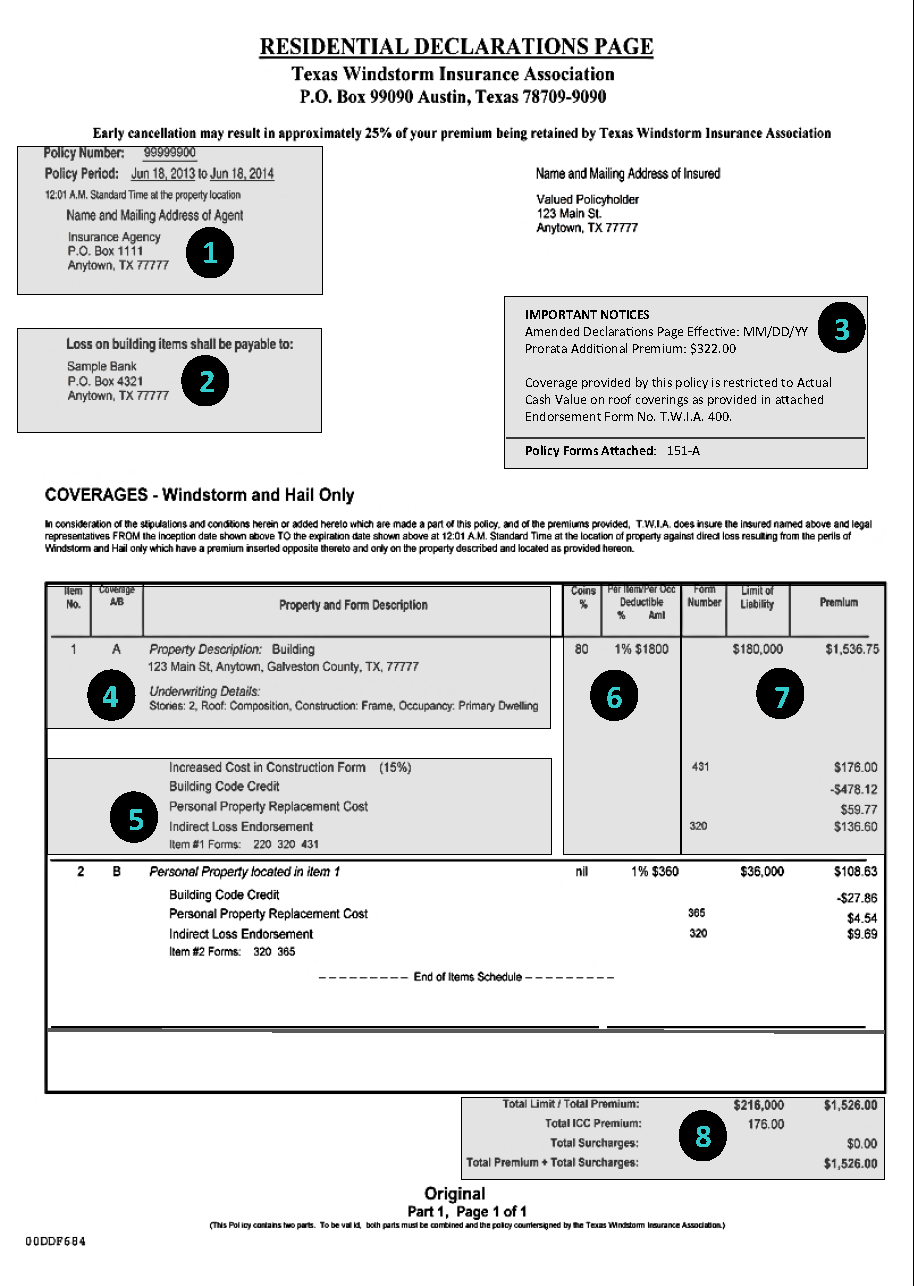This Windstorm in the Forest summary discusses the importance of the winds to the growth and development of trees. It highlights John Muir’s assertion that the winds are God, and the fact that Silver pines are the best interpreters of the winds. It also examines the impact of windstorms on timber quality. You might also be interested in learning more about John Muir’s ‘Winds are God’ argument.
John Muir’s argument that the winds are God
As a writer, John Muir tried to entice people to think about the winds in a heavenly manner. He also tried to make the nonbelievers see that the winds are in fact God, as they are often visible as flowing water. In some places, he argues, you cannot ignore certain displays because they are so sublime. Yet, he was unable to convince his readers that the winds are gods.
Silver pines are best interpreters of the winds
The sweeping splendor of the Sequoia forest is impressive, sublime, and alluring, but the silver pines are the most accurate interpreters of the winds in the forest. These trees wave with their majestic, goldenlike foliage like mighty waving goldenrods, singing the sounds of the wind all their lives. And just as goldenrods dance in the sun, so do Silver Pines.
Woods are alive in a grander way than just photosynthesis
Forests are living creatures in more ways than photosynthesis. A windstorm in the forest is alive in a grander way than photosynthesis, a fact that John Muir was keen to convey in his book. He believed that forests have a divine power and he wanted his readers to feel that same feeling. Luckily, Muir did not stop there.
Impact of a windstorm on timber quality
Hurricanes can severely damage forests, resulting in a loss of valuable timber and a decrease in wildlife habitat. In 2004, Hurricane Ivan devastated north-western Florida and southwestern Alabama, destroying over 1.1 million hectares of forest. More recently, Hurricanes Michael and Irma have destroyed vast areas of forest. But what can be done to help forests recover from these disasters?
Commercialisation of windthrown timber
It is important to understand the causes and consequences of windthrow in a forest, since different trees are more vulnerable to windstorms. Older trees, for example, have a higher risk of being blown over. Tree density and previous silvicultural treatments can also have a profound effect on windthrow. Pre-saturated ground is conducive to tree tipping. In coastal forests, saltwater intrusion and storm surge flooding can also cause significant windthrow. And finally, large areas would be affected by the interaction of these factors.



